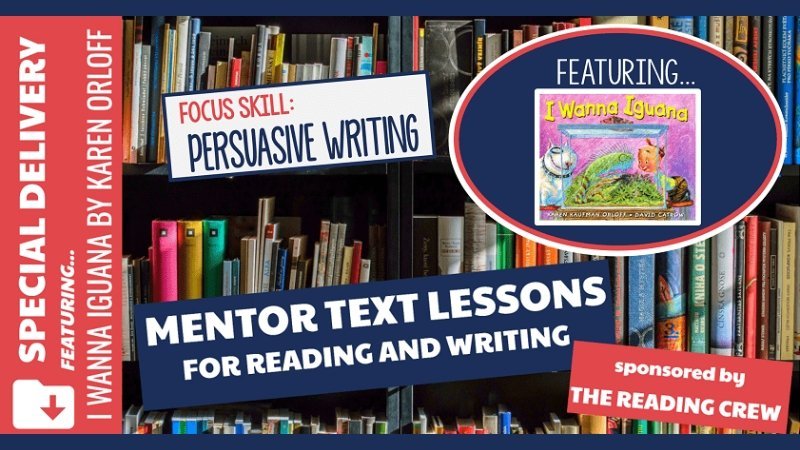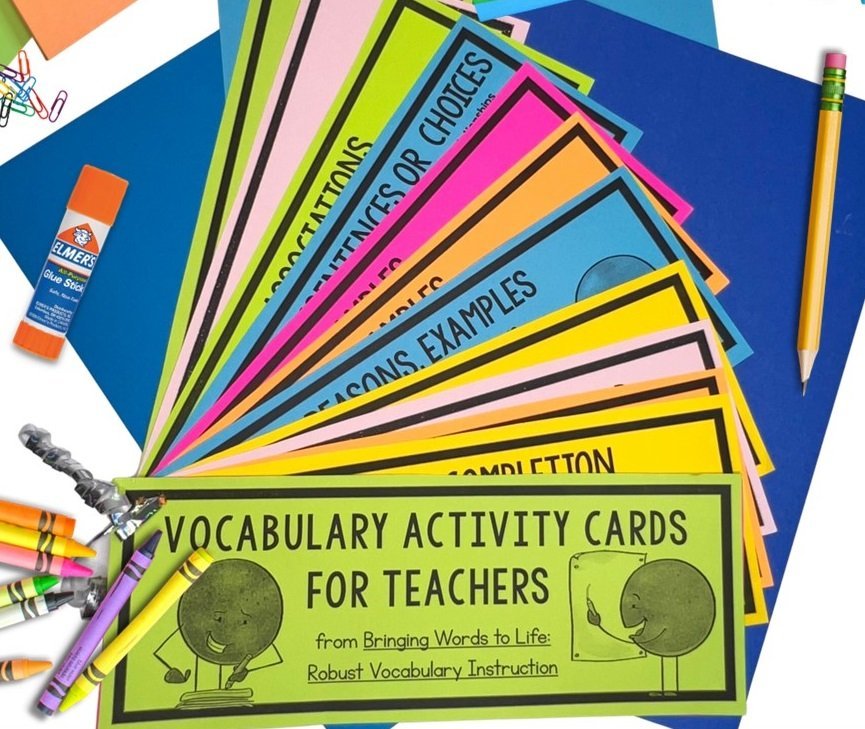
Figurative language can be a challenging skills for some students, and some authors are better at using it than others. Addie Boswell is one I’d recommend! Her book, The Snow Dancer, includes examples of similes, metaphors, alliteration, onomatopoeia, and more. In this post, I will be sharing a mentor text lesson you can use for figurative language and descriptive writing using this great book.
How to Introduce Figurative Language with The book

Step 1: Picture Walk
The first part of this lesson should begin with a picture walk of the book. Show the cover and pictures. If you don’t have a copy of the book, you can show the video above and mute the story. Brainstorm student connections and predictions of how snow days are spent.
Step 2: Vocabulary Introduction
Once you’re ready to read, the next step is to preteach vocabulary . If you are reading the book aloud, you may only end up using the word cards, but vocabulary can be included into every lesson. I’ve included an organizer that you can use for vocabulary if you wish.
Using Anchor Charts for modeling Figurative Language
Step 3: Explain What Figurative Language is and how it helps readers.
Once you’ve completed the pre-reading prep, it’s time to work on our focus skill. I typically use anchor charts to explain skills, and you’ll find one in the printables packet. You can project the PDF if you like or give the printable to the children for reference. As each figurative language type is explained, I suggest brainstorming additional examples like the one I’ve shared. You might have your students work in pairs or groups to create them and then pair-share to discuss.
I chose figurative language for this book because the author uses many examples throughout. You’ll likely recognize some of them in the sorting activity below. As you read, discuss how figurative language helps the reader visualize the scenes. When choosing a mentor text, the book must provide examples you can use for modeling your chosen skill.
Sorting Examples of Figurative Language
Step 4: Sorting Examples
The practice activity I’m including is a sorting activity. It includes 20 examples of figurative language (some are from the story and some are not). This activity could be done on a Smartboard or any device. The sorting cards are stacked on the mat to make them easy for students to drag and drop in place. Please note that the answer key is on the second slide, so be sure to print and delete it or share just the first slide. The types of figurative language included are:
- similes
- metaphors
- alliteration
- personification
- and onomatopoeia

Using Figurative Language in Writing

Step 5: Independent Practice and Application
The last part of this lesson is a writing extension activity. This book works well with descriptive writing, so I thought writing about a snow day would be fun. I typically use the four square writing method with my students, but you can choose whatever process your system prefers. These two pages would be used for publishing. Hopefully, after this lesson, your students will have a good list of words and phrases to use.
Download the Resource
Other Related Links:
- Teaching Figurative Language with Mentor Texts
- Winter “Must Have” Books for Upper Elementary
- Winter Themed Resources and Ideas For Elementary Classrooms
Figurative language may seem challenging for young students. With practice, your students will begin to not only identify examples as they read, but use figurative language in their writing. When you see it, you’ll know you’ve succeeded in teaching it.
Winter mentor texts you might like:
Other Mentor Text Lessons for Winter:
You are invited to the Inlinkz link party!
Click here to enter






















